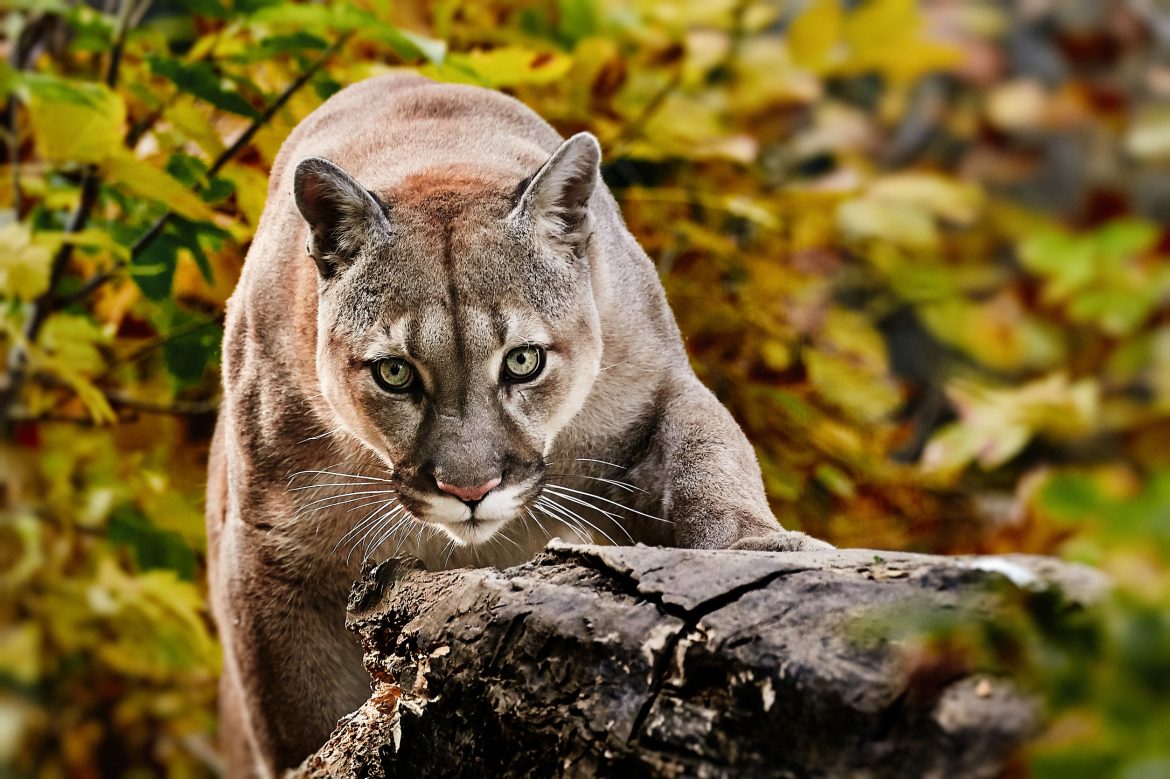
Gardener Mountain Lions
A new article published by the Panthera organization, which works to protect wild cats and their habitats around the world, revealed an interesting relationship between the American mountain lion, also known as the puma, with the ecosystem it lives in. Pumas hunt only at certain spots and the carcasses they leave at these spots act as fertilisers (or nutrient providers), feeding the vegetation, which attracts their prey in return. In a way, the clever hunters create “game gardens” for themselves by acting as gardeners in a way. Ecology is the branch of science that examines the relationships of living things with each other and their environment. These findings about American mountain lions provide a very good and interesting example of these relationships.
Scientists studying Yellowstone National Park and the ecosystems surrounding it have been tracking 12 GPS-collared mountain lions to collect information about their hunting patterns. The samples taken from feeding points where the carcasses rot and mix with the soil show considerably high amounts of nitrogen, carbon and other nutrients favoured by plants. This increases the likelihood of ungulates, such as deer, which prefer consuming nitrogen-rich plants, gathering at these spots to feed.
By tracking a dozen pumas over a year, the researchers determined a total of 100,000 kg (100 tons) of animal carcasses left behind at hunting/feeding spots. One piece of information to remember at this point is that mountain lions do not completely consume their prey, unlike other predators such as wolves. They consume about one-third of their hunt, leaving the rest that feeds other species, like scavengers and plants.
Over nine years of research, scientists estimate that each puma has created 482 such temporary hunting gardens. To obtain this data, they analysed 1,007 soil, 172 carcass and 130 plant samples from 65 different locations. Furthermore, these carcasses were found in only 4% of the pumas’ entire habitat, suggesting the presence of certain spots they particularly prefer for the “stalk and ambush” strategy they use to hunt.
According to Dr. Mark Elbroch, the director of Panthera, “Each study and glimpse into the secret lives of pumas reveals that their behaviours and contributions to nature are far more complex than imagined. Pumas contribute over a million kg of meat to ecosystems daily, improving the quality of soil and plant life, feeding hundreds of species, and supporting the health of their ecosystems and our planet’s overall web of life.”
* Puma (Puma concolor) is a feline that is native to the Americas, distributed from Alaska to Argentina. Generally leading a solitary life, it is the fifth largest cat in the world after tiger, lion, jaguar and leopard. Although it prefers to hunt deer, it may also feed on mice, rabbits, raccoons, skunks, herd animals and even domestic cats and dogs. It is also famous for having more than 100 names in different cultures, and the name “puma” belongs to the Peruvian culture.
REFERENCES
- 1. https://panthera.org/newsroom/garden-hunt-panthera-study-shows-pumas-utilize-sly-strategy-fertilizing-plants-recruit
- 2. https://www.iflscience.com/mountain-lions-fertilise-their-gardens-with-carcasses-to-attract-prey-68245
- 3. https://www.britannica.com/animal/puma-mammal-species
